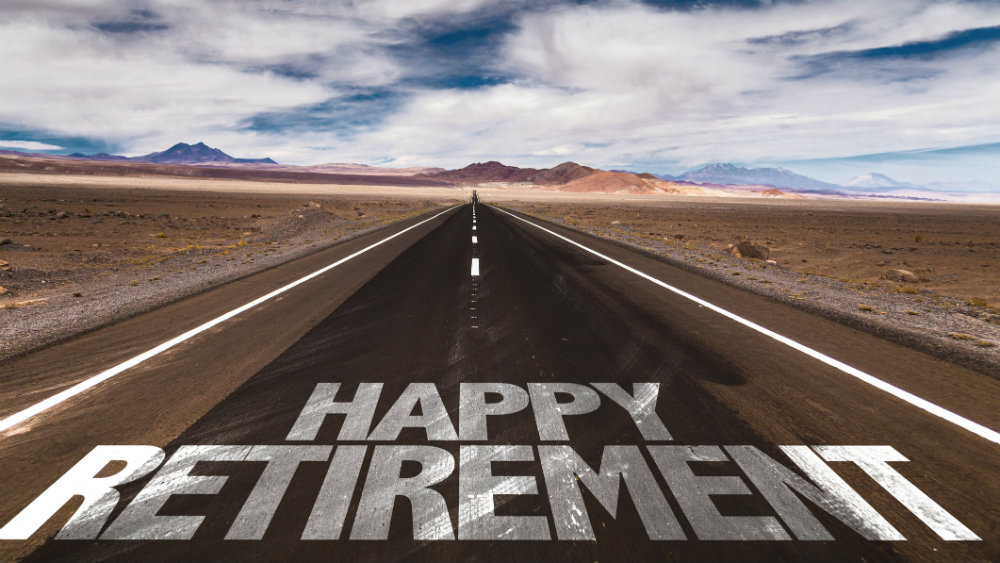For Canadian investors, TFSAs can seem like the perfect place to hold investments. Offering tax-free growth, dividends, and withdrawals, they’re way more flexible than RRSPs. Sure, the TFSA contribution limit is small, but the available contribution room accumulates over time. So naturally, TFSAs are a go-to choice for investors looking to pocket some quick gains.
However, TFSAs are no alternative to RRSPs. As you’re about to see, the TFSA has many limitations that the RRSP does not. Further, it lacks many of the advantages that investors seek in RRSPs. This isn’t to say that RRSPs are better than TFSAs, or that you should choose one over the other.
In fact, there are several compelling reasons to have both. We can start with one of the most obvious.
The TFSA has a very small contribution limit
By far the biggest shortcoming of TFSAs is their small amount of available contribution room. At $69,500, the total amount of TFSA room, accumulated in 10 years, only equals what some investors get in three years in their RRSP.
Of course, RRSP room depends on your income, while TFSA room does not, so they aren’t directly comparable. However, if you’re a high earner, you almost certainly get more room to contribute to your RRSP than your TFSA.
You may have even less contribution space than the theoretical maximum
Not only do TFSAs have a pretty low contribution limit, your limit could be even lower than the $69,500 cited above. The thing is, your TFSA room starts accumulating when you turn 18. So you need to have been at least 18 in 2009–the year TFSAs were created–to take advantage of the space.
If you weren’t, then you missed out on that year’s contribution room, in addition to however many years passed after 2009 and before the year you turned 18.
You can lower your taxable income
A final big reason why TFSA investors need RRSPs, is because RRSPs give you a big advantage that TFSA’s don’t: tax deductions.
If you have $26,500 worth of RRSP space in a year and use it up, you’re going to knock thousands off your tax bill. That’s a huge advantage that could save you more money than you’d save with tax-free TFSA withdrawals.
To illustrate the difference between TFSA and RRSP tax treatment, let’s consider a hypothetical investor buying $10,000 worth of iShares S&P/TSX 60 Index Fund (TSX:XIU) units. XIU is a dividend-paying index fund that offers both growth and income, so it’s a good example to use.
If the investor transferred $10,000 to their RRSP before buying XIU in the plan, then they’d immediately get a $10,000 tax deduction. Depending on their marginal rate, that could save them thousands of dollars in taxes. On top of that, they’d also get $280 worth of dividends each year, none of which would be taxed until that investor went to withdraw the funds.
Now consider the same investor putting that $10,000 in a TFSA and buying XIU. Like the RRSP investor, he or she would get $280 in dividend income per year. However, they’d lack the tax deduction and therefore the tax savings.
Assuming both of these investors held their shares and only realized dividend returns, they’d both make the same $280, but the RRSP investor would have thousands of dollars in tax savings in addition to that. Of course, the RRSP investor would also have to pay taxes on withdrawal, but RRSP withdrawals can be delayed until as late as age 71, which could mean decades of tax-deferment.








